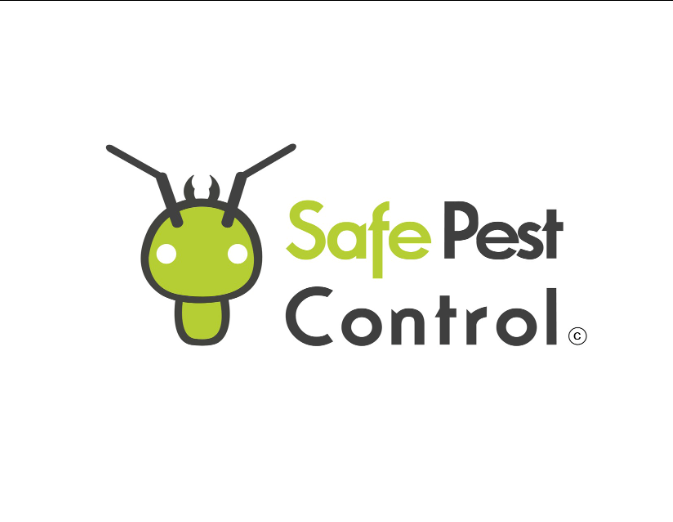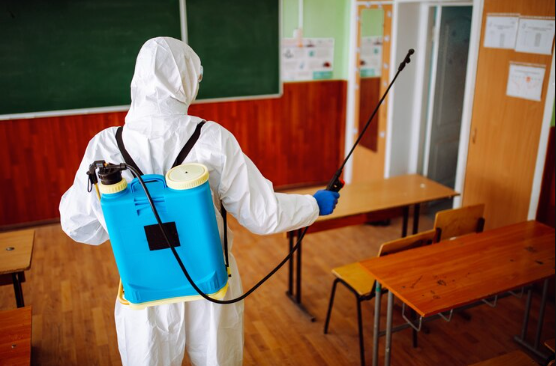Safeguarding Your Home and Family: The Importance of Safe Pest Control

Introduction
Pest infestation is a common concern for homeowners worldwide, posing threats not only to property but also to health and well-being. While eliminating pests is essential, it's equally important to prioritize safety during Safe Pest Control the pest control process. In this comprehensive guide, we delve into the significance of safe pest control practices, exploring effective strategies to protect your home, family, and the environment.
Understanding Pest Control
Pest control encompasses various methods and techniques aimed at managing and eradicating unwanted pests such as insects, rodents, and wildlife. From chemical pesticides to natural remedies and integrated pest management (IPM) strategies, there's a plethora of options available to tackle infestations. However, the indiscriminate use of pesticides can pose significant risks to human health, pets, and the ecosystem.
The Risks of Conventional Pest Control Methods
Traditional pest control methods often rely on potent chemical formulations designed to exterminate pests rapidly. While these chemicals may effectively eliminate pests, they can also have adverse effects on non-target organisms, including beneficial insects, wildlife, and humans. Exposure to toxic pesticides can lead to respiratory problems, skin irritations, neurological disorders, and even serious illnesses in severe cases.
The Case for Safe Pest Control
Safe pest control prioritizes the use of eco-friendly, non-toxic solutions to manage pest populations while minimizing harm to the environment and human health. Unlike conventional methods, safe pest control approaches aim to target pests selectively, employing techniques that disrupt their life cycles without endangering other organisms. By embracing sustainable practices and integrated pest management principles, homeowners can achieve long-term pest control solutions without compromising safety.
Key Principles of Safe Pest Control
Prevention is Key: Implementing proactive measures to prevent pest infestations is the cornerstone of safe pest control. This includes maintaining cleanliness, sealing entry points, and eliminating sources of food and water that attract pests.
Integrated Pest Management (IPM): IPM combines multiple strategies, including biological control, habitat modification, and the judicious use of pesticides as a last resort. By adopting a holistic approach, IPM minimizes reliance on chemical treatments and promotes long-term pest management solutions.
Non-Toxic Alternatives: Natural and organic pest control products derived from botanical extracts, microbial agents, and biopesticides offer effective alternatives to synthetic chemicals. These eco-friendly solutions target pests while minimizing risks to human health and the environment.
Professional Expertise: Consulting with licensed pest control professionals ensures that effective, safe pest control measures are implemented. Professionals possess the knowledge and experience to identify pest species, assess infestation levels, and recommend appropriate control methods tailored to specific needs.
Safe Pest Control Practices for Homeowners

Seal Entry Points: Prevent pests from entering your home by sealing cracks, gaps, and openings around doors, windows, and utility penetrations.
Maintain Cleanliness: Regularly clean and declutter your home to eliminate potential hiding spots and food sources for pests.
Practice Proper Waste Management: Dispose of trash promptly and store food in airtight containers to deter pests.
Use Mechanical Traps: Employ traps and barriers to capture and remove pests without the need for chemical pesticides.
Monitor Regularly: Keep an eye out for signs of pest activity, such as droppings, gnaw marks, and structural damage, and address any issues promptly.
Conclusion
Safe pest control is not merely about eradicating pests; it's about safeguarding your home, family, and the environment from harm. By embracing sustainable practices, adopting integrated pest management strategies, and prioritizing non-toxic alternatives, homeowners can effectively manage pest populations while preserving safety and well-being. Remember, when it comes to pest control, safety should always come first.

